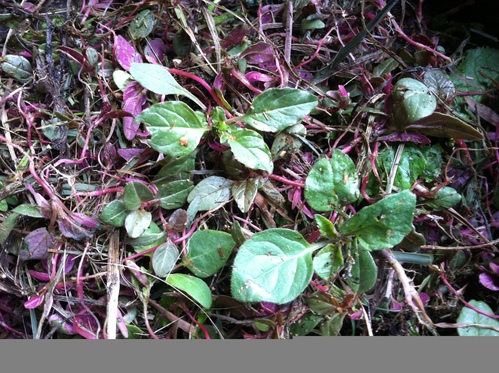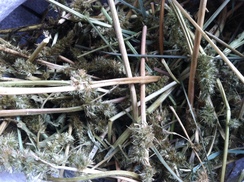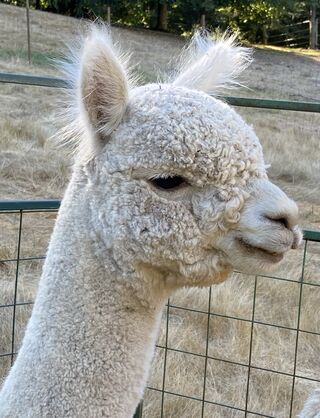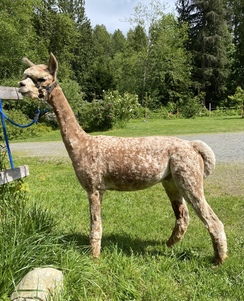The War on Weeds
Thursday, May 24, 2012
As an owner of livestock, I like to think that I go the extra steps to raise healthy stock. Several years back we had a couple of females that fell sick due to kidney failure. Our vets were wonderful and they ran every test they could think of, but we didn't get any answers. The next year, we lost Isara, a beautiful fawn female. Once again, it was kidney failure, but this time we had tissue samples to test. Blood draws on other girls in the group revealed that 5 others had signs of kidney issues, including the two from the previous year. It was the same time of year as before, so that raised some red flags. Could the alpacas have gotten into a toxic source? The first time around, we walked our pastures and paddock areas with our vets and found nothing. Testing on Isara's tissue samples showed that we were dealing with toxic weeds so we walked the pastures again, and again found no sign of possible suspects. We were looking for two weeds that could cause kidney failure, Dock and Red Root Pigsweed. We closed off the pastures for weeks as I continued to monitor them. On week 4, I finally found the first signs of the pigsweed. The alpacas had eaten them as they came up so that's why we didn't find them on earlier sweeps of the area. They were coming up near the site of an old compost pile. Since the red root pigsweed isn't native to our area, it was making it onto our property via an outside source, our purchased hay! A few months later we lost the original two girls that were sick, Yana and Diana. They just couldn't recover from the damage that was done to their kidneys.
Every year since I have made it a priority to walk the pastures on a regular basis and inspect the hay for signs of toxic weeds. The past couple of years have been particularly terrible with large amounts of pigsweed found in the hay. The bad news was that I was finding the weed stocks in the hay, the good news I was finding the weed stocks in the hay and the alpacas weren't eating them. I have had hay replaced, even the hay that was "certified weed free" but the damage is already done. The seeds of the pigsweed are like ground pepper and almost impossible to collect. So even with strict monitoring of the hay, the seeds are planted. The alpacas are eating the seeds and they end up in the poop piles. The best management of a bad situation is to clean up poop piles daily and get them to one compost pile. I then monitor the old poop pile sites, the compost pile, and the areas down hill and around the compost pile. You would be amazed how quickly your eye gets trained to find the seedlings!
Please, in honor of Isara, Yana, and Diana, monitor your paddocks and pastures for weeds that don't belong. Once a season or once a month, isn't going to do it. I walk my pastures several times a weeks and I scan the paddocks on a daily basis during the growing season, which is right now!
Here is just one link to a toxic plant database. Although it mentions equine, it's a great starting point for all livestock.
http://www.webpages.uidaho.edu/range/toxicplants_horses/Toxic%20Plant%20Database.html







